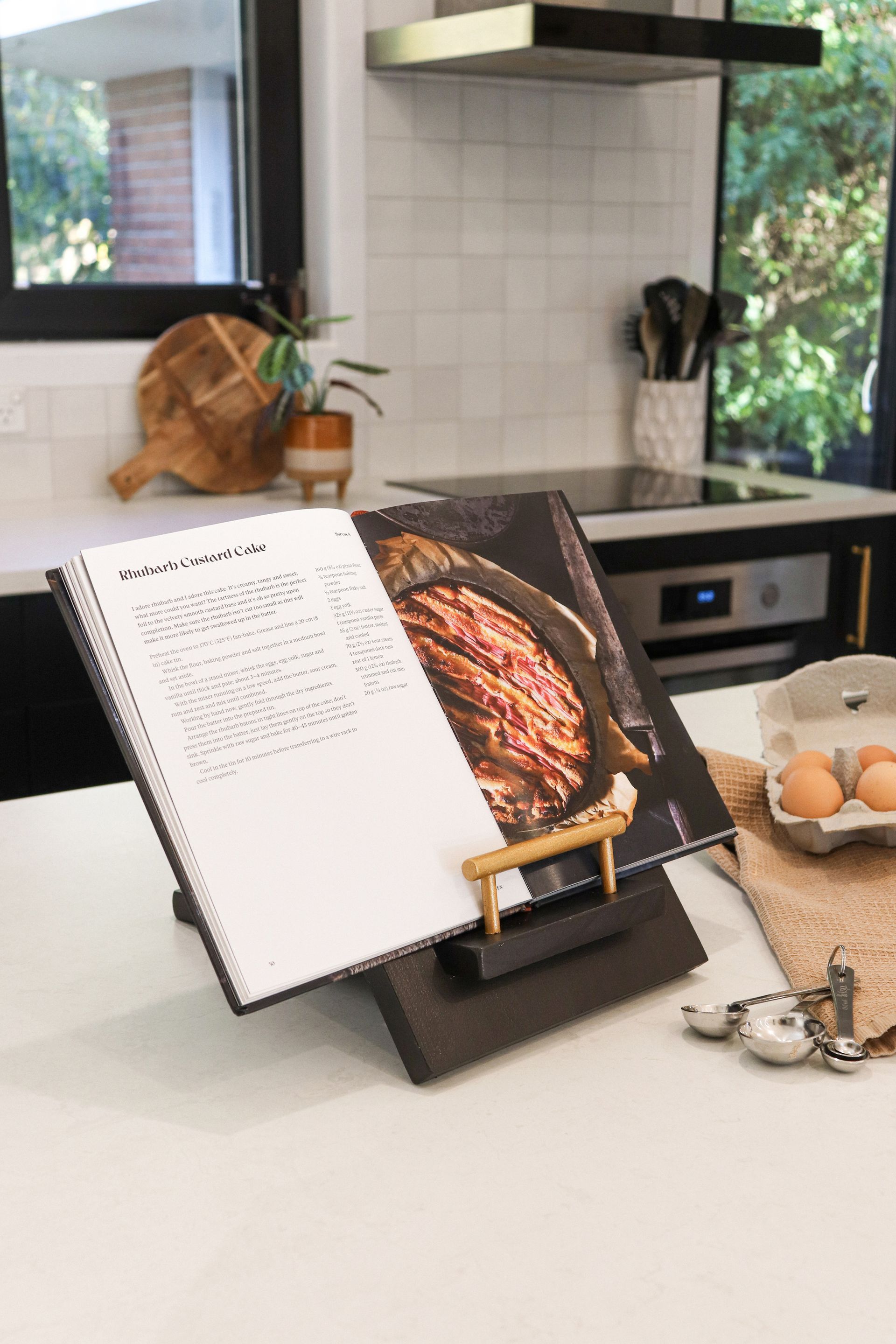Painful sex is more common than people think; in fact Dr Angela Beard sees patients with this complaint
daily. She says the reasons for it can be wide-ranging and will depend on a woman’s age and stage.
Known in medical terms as dyspareunia, pain during intercourse affects around one in six women. For some, it can be a symptom of a physical problem and for others there’s a psychological component to the pain. No matter the cause, resolving it will allow you to maintain healthy and enjoyable relationships.
Diagnosis will depend on whether the pain is experienced at entry to the vagina or deep into the pelvis. Entry pain is likely a problem with the skin around the vagina, which could be due to an STI or dermatitis. A gentle gynaecological examination will determine if these issues are present. For younger patients, an imperforate hymen can be the culprit, which can be treated with minor surgery.
The most common cause of dyspareunia is a hypertonic pelvic floor. This is when women contract their pelvic floor muscles as sex begins, often without realising they are doing so. This can be treated easily with pelvic floor physiotherapy, which helps to relax those muscles, or in more severe cases with Botox injected into the pelvic floor.
For deeper pain, an ultrasound will rule out underlying problems such as endometriosis or ovarian cysts. This kind of pain can require further investigation to diagnose and treat but it pays to catch it early to prevent symptoms worsening.
If you have experienced birth trauma, a genital tract issue can also cause pain during sex. Treatment for maternal birth injuries sustained after October 2022 is now covered by ACC, a provision that gives birthing parents a range of options during recovery. A midwife, doctor or nurse can lodge a claim on your behalf.
Beyond physical causes, there are psychological elements too, which can be as simple as a lack of preparation or a lack of connection to your partner, or as complex as an unwanted sexual experience from the past. These issues are best worked through with the help of a clinical psychologist specialising in sex therapy, and for those who have had an unwanted experience there are also many support services available locally.
While it might seem an uncomfortable topic, painful sex is one that should be discussed more openly by women. Gynaecologists can do so much to help.
Dr Angela Beard, Ngati-Haunui-a-Pāpārangi, Ngāi Tahu, is a gynaecologist with special interests in fertility treatment, high-risk obstetrics and the management of endometriosis, particularly in cases where chronic pain is a factor. coga.org.nz
Recent stories



All Rights Reserved | CountryWide Media


